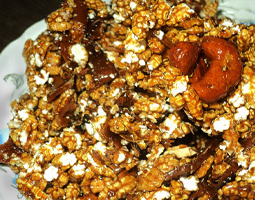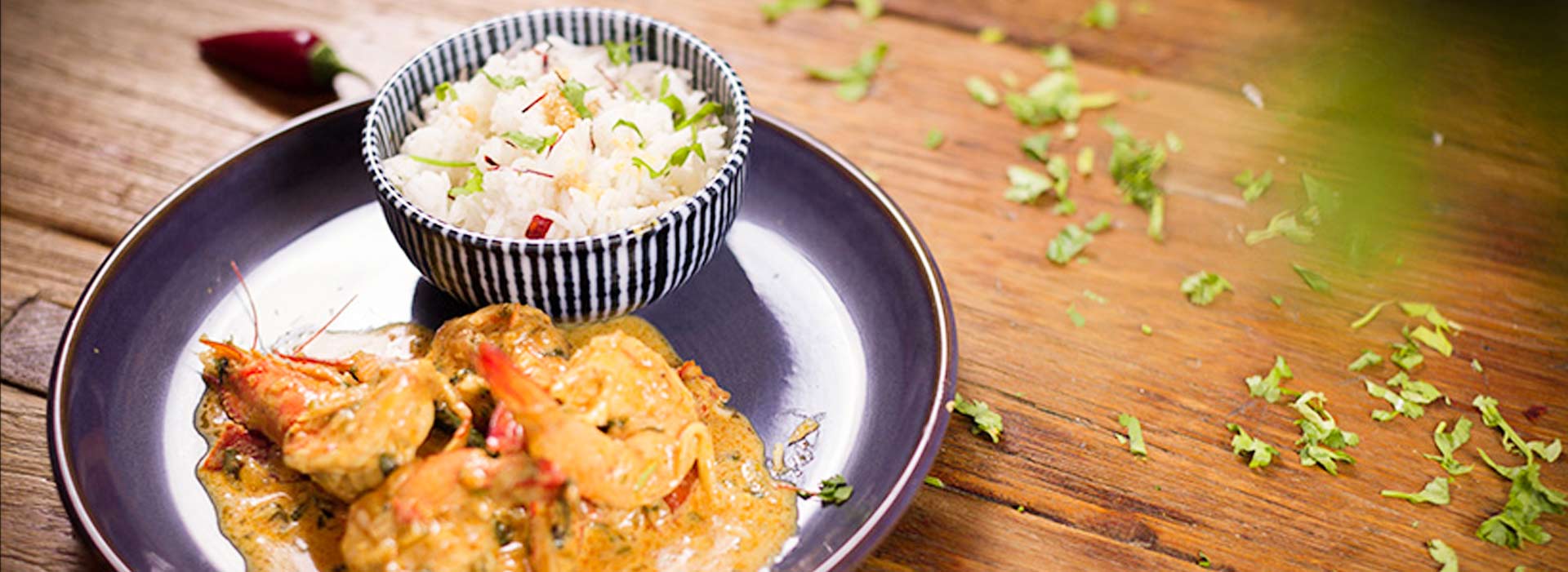
Odia love food, owing the importance of it in the religious culture of the state.Odia cuisine is very simple yet delicious, prepared in little or no oil which gives out the flavors of the spices that are sparingly used themselves.The spread is vast and is very easy on the palate. Temple Food Food of the Masses Sweet Relics
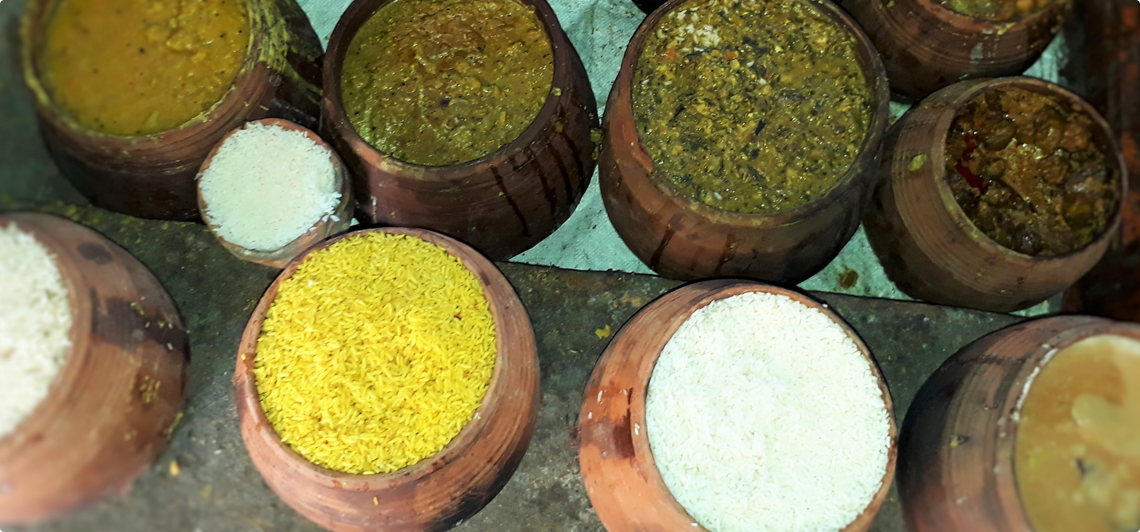
Temples were the epicenter of socio cultural activities in ancient Odisha. The social customs, festivals were all centered around it. Many of the recipes of Odia cuisine originated from the temples, the most talked about being the Kheera Mohana popularly known as Rasagulla.
The temple cuisine comprises of indigenously grown local cereals and vegetables, cooked in traditional methods using wood charcoal and earthen pots. The recipe is passed on from generations. The food is simple yet tastes heavenly and is much sought after.
Two of the most popular temple cuisine in the state are:-
The offering to Lord Jagannath, Puri known as the Mahaprasad is coveted by an Odia. The Mahaprasad is cooked in a unique way. Earthen pots are kept on top of the other over the burner. The pot at the top cooks first.
According to Hindu mythology Lord Vishnu meditates in Badrinath, gets dressed at Dwarka, has his lunch at Puri and retires for the night at Rameswaram. Need we say more!
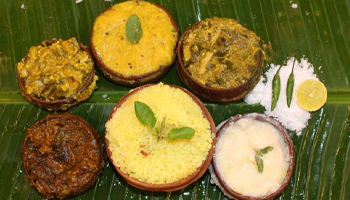
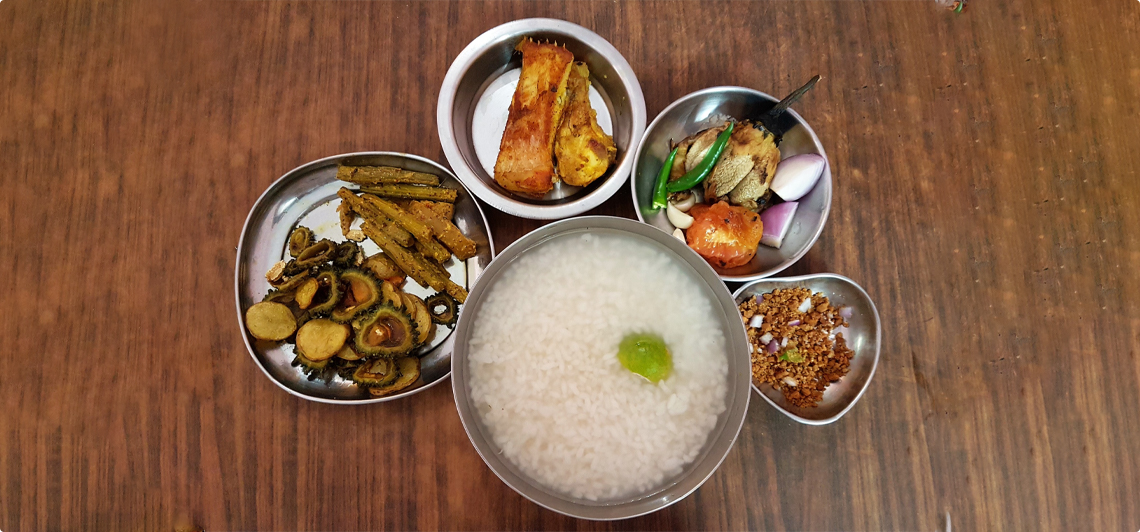
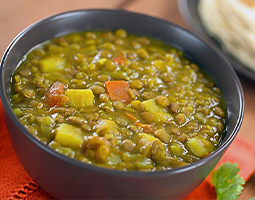
Pakhala is essentially rice which is fermented overnight with water and consumed with an accompaniment of fried vegetables and fish. Pakhala is the food for an Odia especially during the summers. The food is known to be a preventive for heat stroke- which is quite prevalent in the region during the summers and some researchers opine that it’s the only food which has vitamins for the nerve cells.Having Pakhala by spoon is akin to having chowmein by hand!
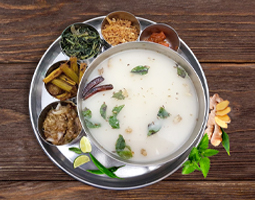
Pitha is essentially cereal based steamed cake. It’s the food for any occasion from the perspective of an Odia household. The dish has many variants and much sought after amongst them are ChakuliPitha, PodaPitha, Monda, etc.
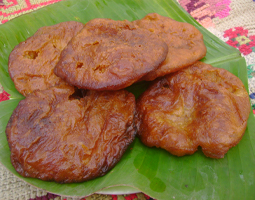
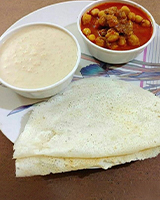
The popular variant is prepared by grinding black gram cereal and leaving the batter to ferment for some time, then it’s thinly spread in a pan and fried with minimum oil till it’s crispy.
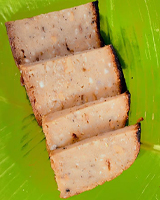
Usually coveted for its rich texture and taste. The fermented rice batter covered with sal leaves is slow cooked in an earthen pot which adds to its aroma. It’s usually prepared during festivals like raja.

Boiled rice dumplings with filling made of grated coconut, jaggery is a popular dish during major festivals of Odisha and is very easy to make which adds to its popularity.
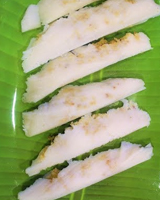
The aroma of turmeric leave and the jaggery-coconut filling make it extremely delicious. This is the most essential item of ‘Prathamastami’.

The fried sweet fritter prepared with semolina, grated coconut and cardamom is another popular variant of the Pitha.

Odia’s do have a pronounced sweet tooth and just like the cuisine the sweet dishes are unique and each region of the state has its own typical sweet dish. The other interesting aspect is that Cottage cheese is the main ingredient of almost all our sweets. We list a few typical sweet dishes of Odisha.
The sweet which melts the gods. Known in ancient Odisha as Kheera Mohana, it is one of Lord Jagannath’s favourite sweet. During the ritual Niladri Bije – When the Lord returns to the temple after the Chariot Festival, he woos his consort Goddess Lakshmi with a bowl of Rasagulla. The dish is made from Cottage Cheese which are rolled into round shape by hand and boiled in sugar syrup.
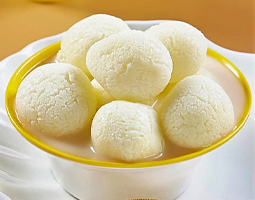
The quintessential sweet dish of Odisha. A very popular sweet dish of Odisha, chennapoda is prepared when cottage cheese is mixed with sugar and put in a bowl to give it the round shape. Then it’s baked in an earthen oven covered with sal leaves. The burnt upper layer gives it that typical smoky flavour and adds to its taste.
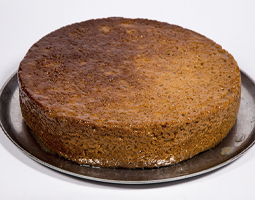
One is never enough. Typical to Nimapada a quaint town located 39KM from Puri, Chenna Jhili is essentially Jalebi made out of Cottage Cheese. What makes the sweet alluring is the sugar quotient, which doesn’t bind the mouth.

Crunchy and Tangy. Korakhai which is carmalised ‘lia’ is the favourite of Lord Lingaraja. The crunchy sweet is prepared by an exclusive group of confectioners for the Lord in Old Town of Bhubaneswar. They follow the centuries old process which adds to its distinct flavour and taste.
